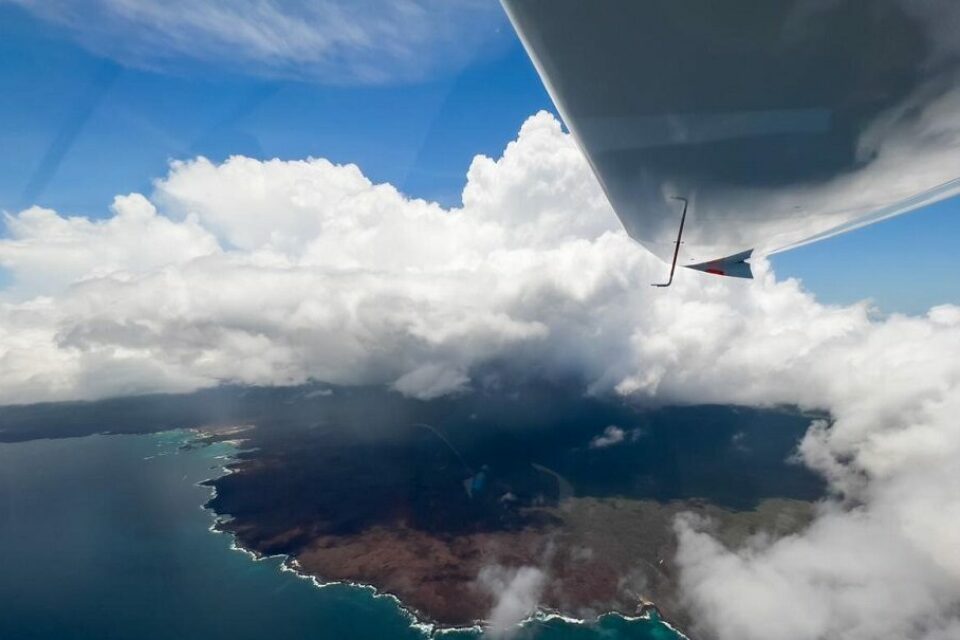

2021 Cocos-Galapagos Swimway Expedition aims to protect vital migration route
A scientific expedition between Cocos island, Costa Rica and the Galapagos Islands, Ecuador, will undertake a round trip to obtain sound scientific evidence to advise decision-makers about protecting the Cocos-Galapagos Swimway.
A scientific expedition between Cocos island, Costa Rica and the Galapagos Islands, Ecuador, will undertake a round trip to obtain sound scientific evidence to advise decision-makers about protecting the Cocos-Galapagos Swimway.
This international multi-partner expedition, led by MigraMar and supported by Galapagos Conservation Trust, will take place between 3 and 23 May 2021 and will cover more than 1,500 nautical miles. It will stop at six defined sites, including important seamounts, where scientists will carry out satellite and acoustic tagging of sharks, fish and marine mammals, undertake remote bait underwater video (BRUV) sampling, record biodiversity counts through sightings and DNA sampling.
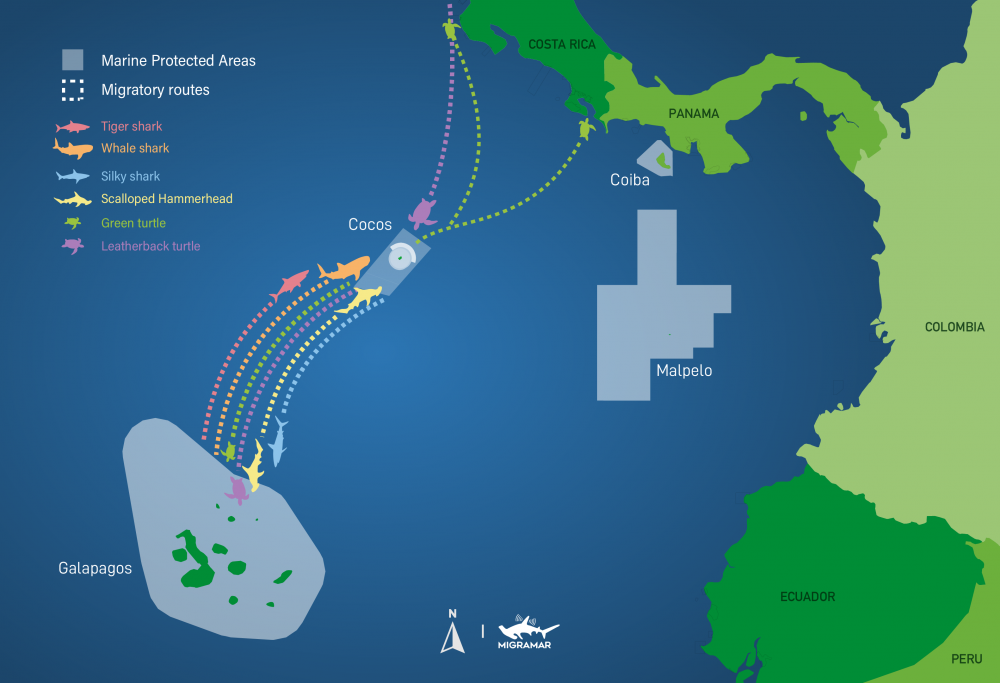
Galapagos Conservation Trust (GCT) has been supporting partners to gain protection of the Swimway since 2018. Jen Jones, GCT’s Head of Programmes, commented, “The Cocos-Galapagos Swimway is a vital underwater migration highway that connects two Marine Protected Areas – the Galapagos Marine Reserve and the Cocos Island National Park. We believe that it is crucial to protect this route from threats such as illegal fishing, in order to provide a safe migration route for endangered Galapagos marine species.”
Outside these protected areas, endangered species are highly vulnerable to industrial and illegal fishing. It is estimated that 100 million sharks are killed globally every year through fishing or accidental deaths caused by humans. The ocean between Galapagos and Cocos is a popular place for industrial fishing fleets to work, including those who focus on harvesting shark fins often destined for the Asian market.
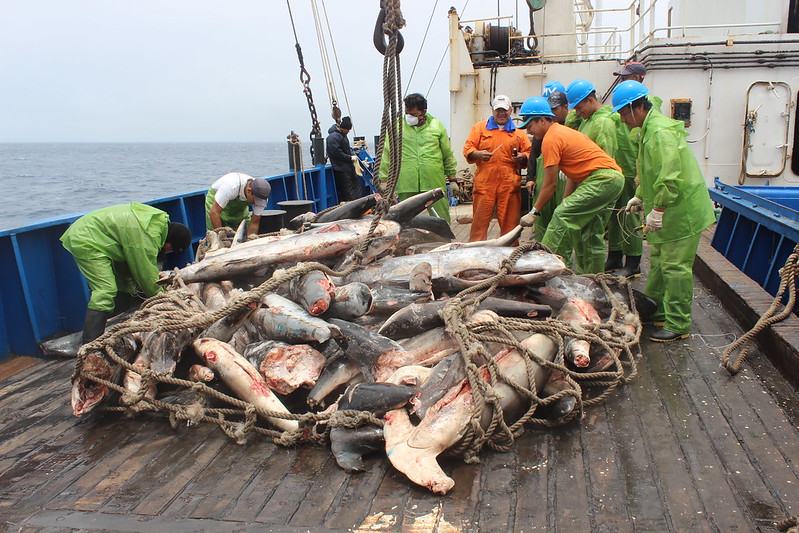
Recent studies by GCT’s project partner, MigraMar, have found that at least six threatened marine species – whale sharks, leatherback turtles, green turtles, silky sharks, tiger sharks and scalloped hammerhead sharks – travel between Galapagos and Cocos island, along the Swimway. Dr Alex Hearn, expedition leader, explained, “The research from this expedition will provide further important scientific evidence on the migration between Marine Protected Areas by marine species such as whale sharks, hammerhead sharks and other sharks, manta rays, whales and other marine mammals, and fish such as billfish and tuna.”
Costa Rica’s Vice-Minister of Water and Seas, Haydée Rodríguez, will launch the expedition on 3 May through a virtual event, with the participation of the director of the Cocos Marine Conservation Area and the director of the Galapagos National Park of Ecuador. Another event is planned on 12 May when the expedition arrives in Galapagos with Ecuadorian authorities.
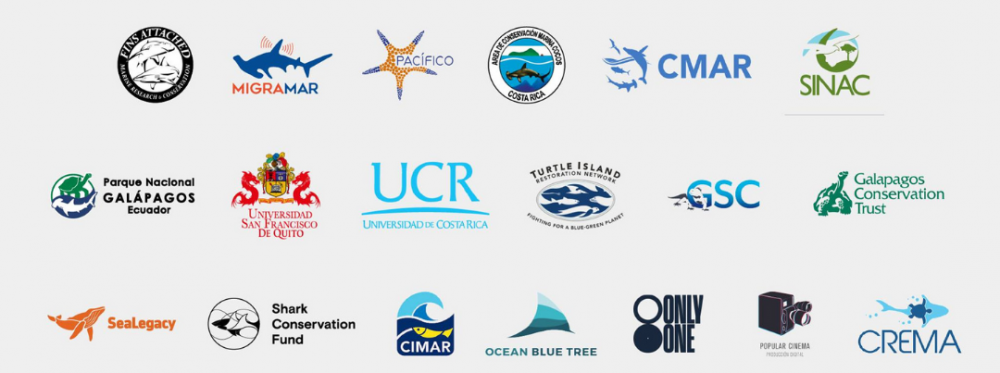
This programme benefits from the support of the Prince Albert II of Monaco Foundation.
How can you help protect the Cocos-Galapagos Swimway?
Donate to GCT – This is a critical time for sharks globally. They are facing increasing pressures from industrial fishing, habitat loss and plastic pollution. We support research that will ensure protection for sharks.
Join the Galapagos-Cocos Swimway Challenge – swim, walk, run, cycle or wheelchair the length of the expedition route – 1,125km or 700 miles – to raise money towards vital projects like the protection of the Cocos-Galapagos Swimway.
Adopt a Hammerhead Shark – Learn more about these critically endangered sharks by adopting a scalloped hammerhead shark and supporting the vital conservation work of Galapagos Conservation Trust.
Join Marti – Marti the Hammerhead Shark is our educational children’s book which follows a young shark and her marine friends on an epic migration from Galapagos to Cocos Island.
Related articles

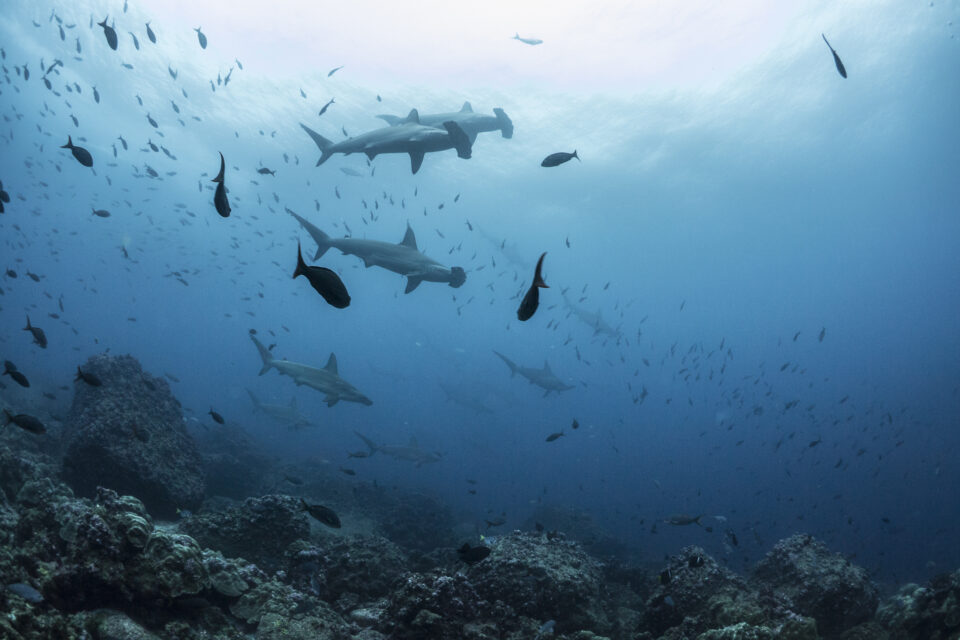
Galapagos marine reserve expansion brings hope - but new management challenges
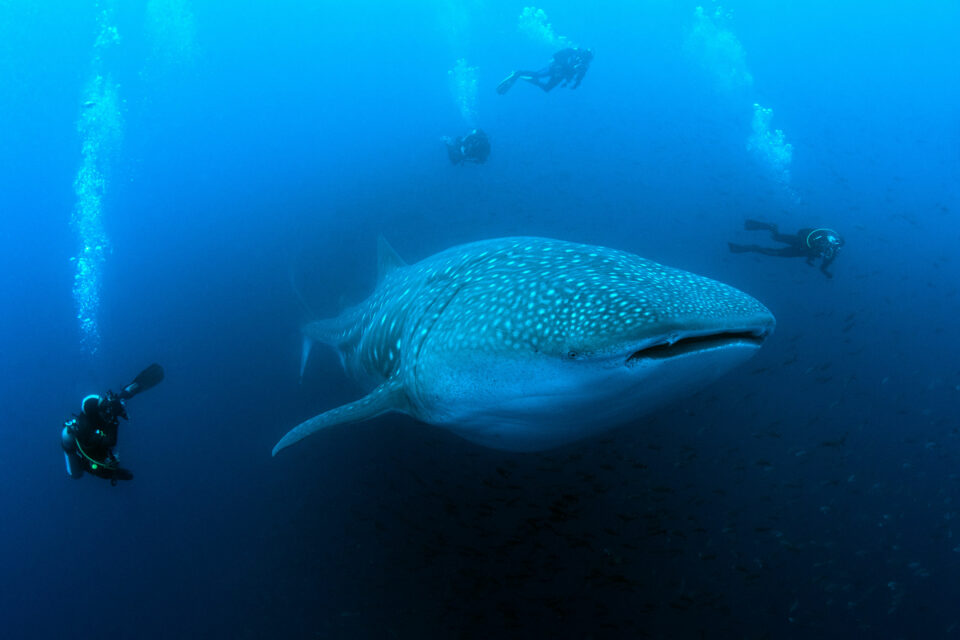
World Oceans Day 2022: Tagging Ocean Giants
